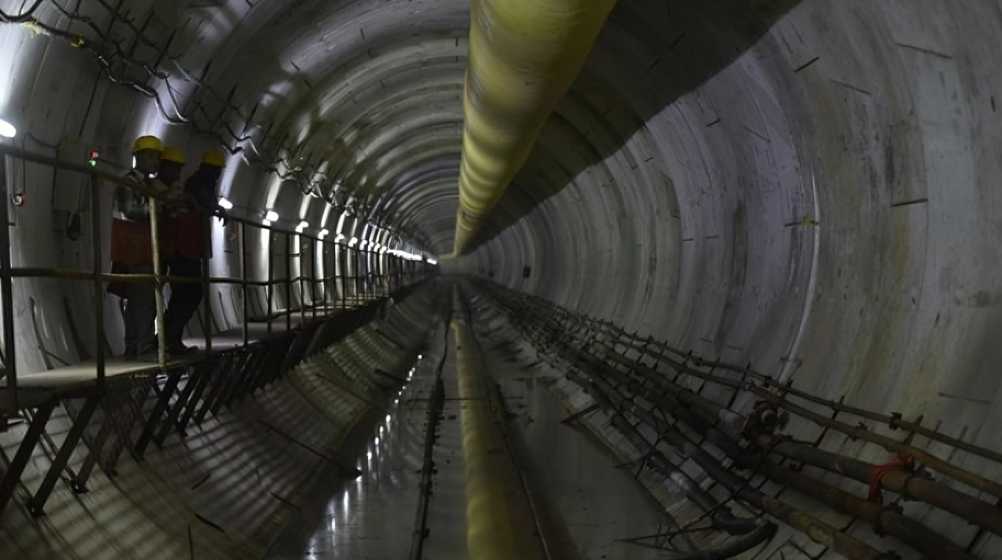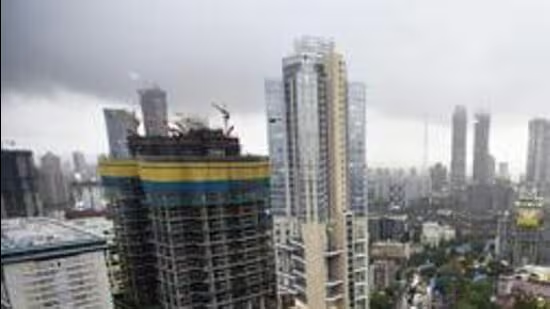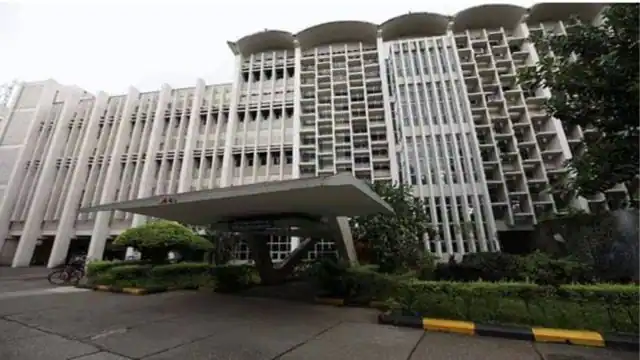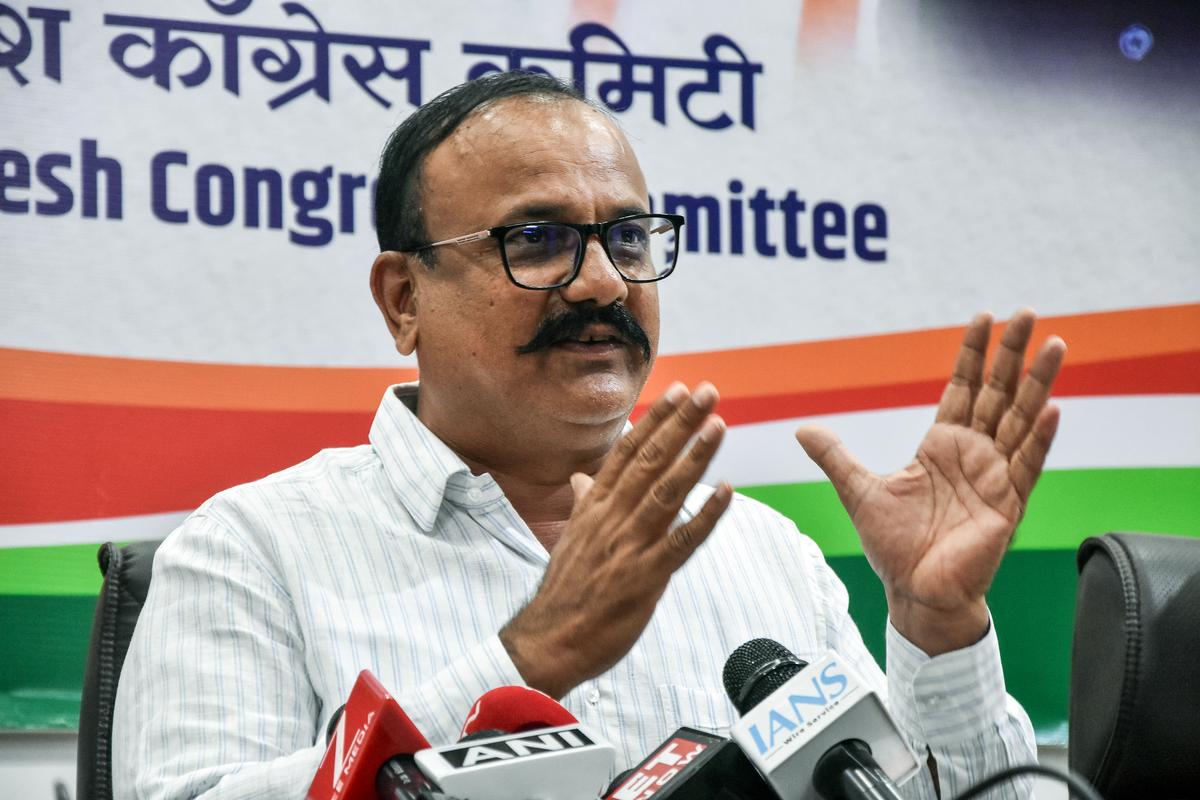Mumbai’s real estate market is about to undergo a significant change in April when Metro Line 3 (Aqua Line) is extended to link Worli and Bandra Kurla Complex (BKC), two of the priciest real estate districts in India. Experts predict that the newly opened Mumbai Coastal Road would have a bigger influence on the demand for ultra-luxury properties, even though this infrastructure improvement will improve connectivity and stimulate demand in the real estate markets in South and Central Mumbai.
BKC remains the city’s most expensive commercial district, while Worli ranks among the costliest residential areas. The per sq ft rate for apartments in South and Central Mumbai currently ranges from Rs 45,000 to Rs 1.60 lakh, depending on factors like location, amenities, and the age of the property. Prominent developers like Lodha Group, Godrej Properties, Sunteck Realty, Prestige Group, and Puravankara are driving real estate expansion in these regions.
The 33.5 km-long Metro Line 3 runs between Aarey Colony and Cuffe Parade, with Phase 1 (Aarey to BKC) launched in October 2024. Phase 2, connecting BKC to Worli, is expected to be operational by April 2025, further linking key locations like Dharavi, Dadar, Siddhivinayak Temple, and Worli. The full corridor is set to open by July 2025, significantly improving transit for daily commuters.
However, while the metro will benefit middle-class professionals and executives commuting between South Mumbai, BKC, Andheri, and the airport, experts believe that Mumbai’s high-net-worth individuals (HNIs) and ultra-high-net-worth individuals (UHNIs) will see more value in the Mumbai Coastal Road Project. This new road directly connects Nariman Point to Worli and extends to Bandra via the sea link, allowing for faster travel across the city.
According to property consultants, the Mumbai Metro Line 3 will boost demand for residential projects along its route, especially in Worli, Dadar, and Mahim, where redevelopment projects are underway. Pramod Vyas, president of SMART (South MetroCity Association of Realtors), emphasised that developers along the Metro route stand to gain the most from improved connectivity.
However, HNIs and UHNIs who prefer luxury housing are less likely to use the Metro. Instead, the Mumbai Coastal Road will drive demand for high-end residences in Worli and other prime areas, as it provides seamless access to the western suburbs and business hubs.
Real estate experts anticipate a resurgence in South Mumbai’s commercial space as transit infrastructure improves. A 2024 Knight Frank India report predicts that Nariman Point—once Mumbai’s premier business district—could see office rentals rise from Rs 569 per sq ft to Rs 1,091 per sq ft by 2030.
Historically, Nariman Point dominated Mumbai’s corporate landscape, with rents surging from Rs 200 per sq ft in 2003 to Rs 550 per sq ft by 2007. However, after the 2008 global financial crisis, the rise of BKC as Mumbai’s new business hub led to a decline, with Nariman Point rents dropping to Rs 402 per sq ft by 2012.
Now, South Mumbai is set to add 4-6 million sq ft of mixed-use office space over the next 6-8 years, with rental growth already outpacing that of BKC. From 2018 to H1 2024, Nariman Point rents surged by 52%, while BKC saw a 20% increase in the same period.
South Mumbai’s real estate market is expected to expand as Mumbai Metro Line 3 draws closer to completion and the Coastal Road project changes connections. The Coastal Road will remain the preferred infrastructure upgrade for HNIs and luxury homeowners, even though the Metro would help middle-class commuters and working professionals.
Mumbai’s status as one of the most vibrant real estate markets in the nation would be strengthened by these developments, which are expected to increase property values, office rentals, and real estate investments.
Source: Hindustan Times





